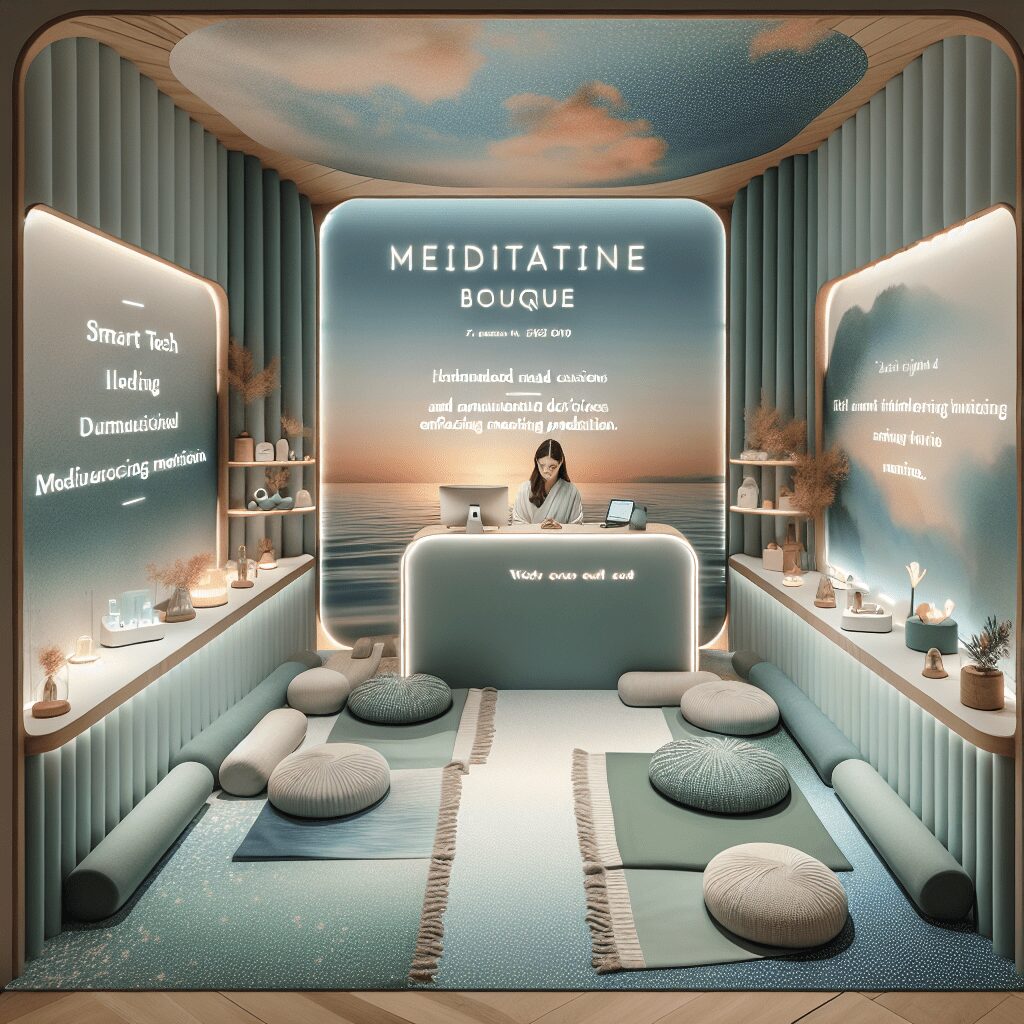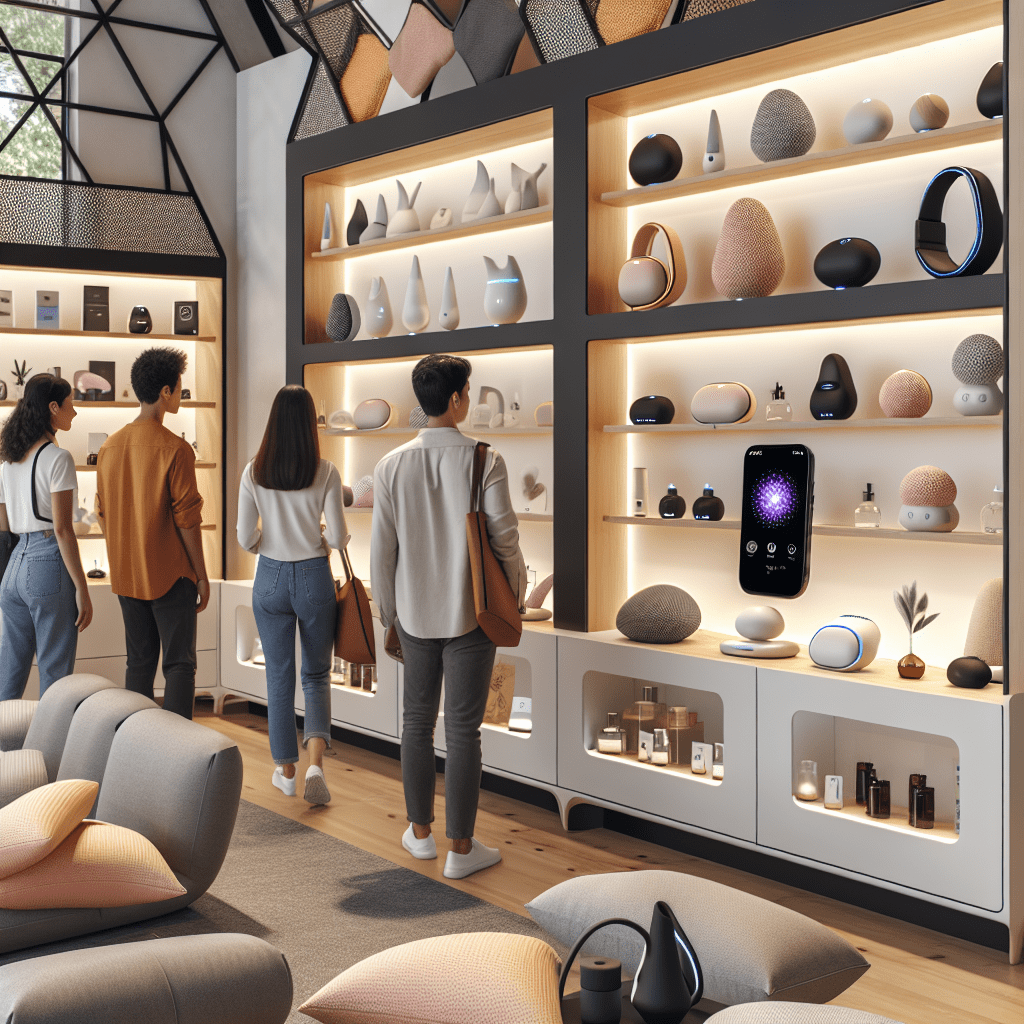
Prioritize your mental well-being daily. Enhance your life by nurturing your mental health with the Smart Meditation app. Break free from stress, alleviate anxiety, and enhance your sleep quality starting today.
Relaxation Response Techniques
In the fast-paced whirlwind of the 21st-century lifestyle, finding tranquility can appear as challenging as searching for a needle in a haystack. With stress snaking its way into the fabric of our daily lives, relaxation response techniques have emerged as a beacon of calm in the storm. Let’s embark on a journey to unravel the mystery behind these techniques, showcasing their undeniable power to transform stress into serenity.
The Path to Inner Peace
At the heart of relaxation response techniques lies a simple, yet profound truth: the power to counteract stress is within our reach, nested in the sanctity of our own minds. Developed in the 1970s by Dr. Herbert Benson, the relaxation response is a state of restful awareness that can be achieved through various practices, serving as a counterbalance to the stress-induced fight or flight response.
Techniques to Unlock the Calm
Wondering how to trigger this tranquil state? Here’s a rundown of methods tailored to guide you to your oasis of peace:
-
Meditation Mastery: Embark on the meditative journey, where focusing on a mantra or your breath can transport you to a serene state. It’s not about emptying the mind; rather, it’s about steadying the ship in stormy waters.
-
Deep Breathing Delight: Ever heard the saying, “Just breathe”? Turns out, there’s wisdom in those words. Deep, abdominal breathing slows the heartbeat and can lower or stabilize blood pressure.
-
Progressive Muscle Relaxation (PMR): It’s all about tightening and relaxing each muscle group in a sequential fashion. Start from the toes and work your way up to your head. As the tension melts away, so does the stress.
-
Yoga and Tai Chi: These ancient practices are like a double-edged sword, combining physical postures with breath control and meditation to achieve harmony between mind and body.
-
Guided Imagery: Picture this: waves lapping at the shore, a gentle breeze caressing your face—this technique involves visualizing calming scenes to engage the senses and promote relaxation.
Embracing the Digital Age: Meditation Apps
Yes, there’s an app for that too! In an era where our smartphones seem glued to our hands, meditation and relaxation apps offer a pocket-sized sanctuary. From guided meditation sessions to soothing soundtracks for sleep, these digital allies make the pursuit of peace more accessible than ever. Compatible with both Android and IOS devices, these apps can guide you through various techniques, ensuring that relief from stress is just a tap away.
Unlocking the Art of Tranquility: Integrating relaxation response techniques into your daily routine might seem daunting at first, especially amidst the hustle and bustle of modern life. However, the beauty of these practices lies in their versatility—whether you have five minutes to spare or an hour, there’s a method that can fit into your schedule. It’s about quality, not quantity. Remember, in the race against stress, the tortoise beats the hare. Slow and steady wins the race towards a calmer, more centered you.
In conclusion, as we navigate through life’s challenges, adopting relaxation response techniques can be a game-changer. By cultivating peace within, we not only enhance our own wellbeing but also ripple calmness into the world around us. So, why wait? Dive into the realm of relaxation and let the transformation begin.





